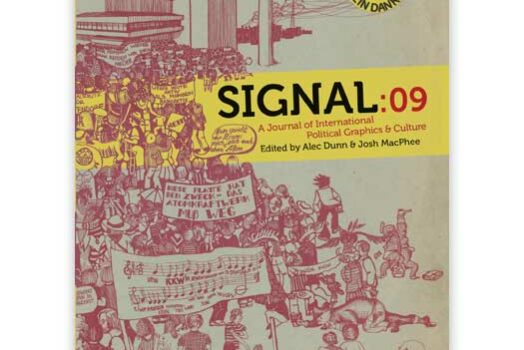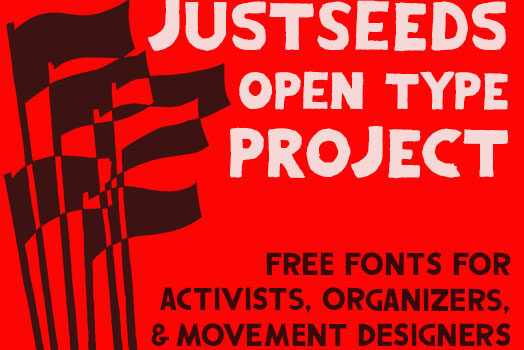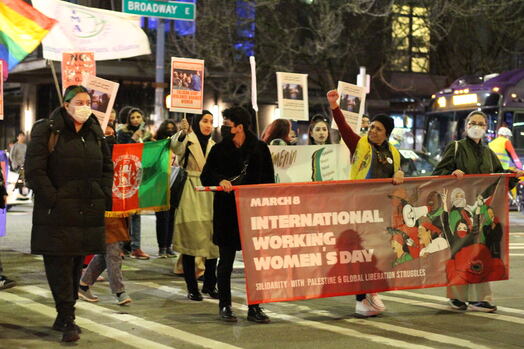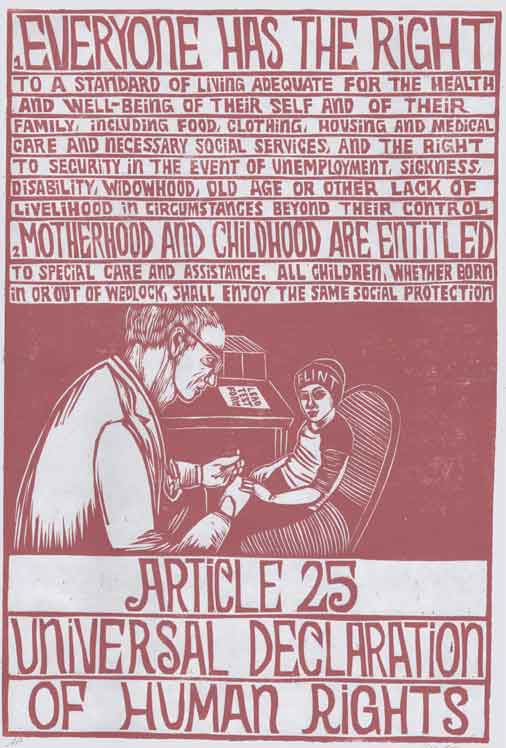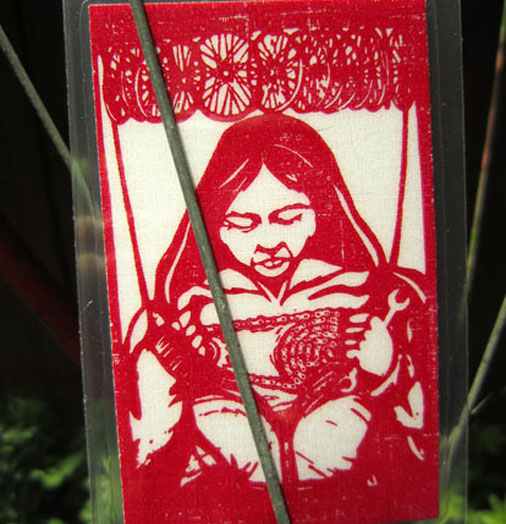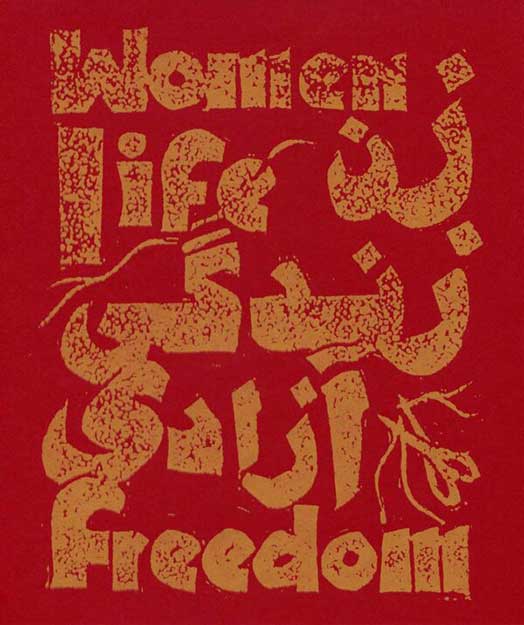This past Thursday, March 3rd, Mayor Bloomberg announced a Memorandum of Understanding concerning the Atlantic Yards Project in Brooklyn. The memo officially accepts Forest City Ratner Companies’ plan to proceed with the development at the intersection of Atlantic and Flatbush Avenues in downtown Brooklyn.
About three weeks earlier Christo and Jeanne-Claude’s The Gates were historically unfurled. Bloomberg marked the occasion by
saying, “I can’t promise, particularly since this is New York, that everyone will love ‘The Gates,’ but I guarantee that they will all talk about it,” going on to say that “that’s really what innovative, provocative art is supposed to do.” Setting aside Bloomberg’s notions of the purposes of art, his predictions were correct. Everyone–whether they enjoyed it, didn’t get it, or stayed away from it–was at least discussing it. And, as long as you were talking about it, you couldn’t get away from the oft-repeated financial consequences of the exhibit. 21 million dollars. Irrespective of the artists’ voiced intentions, this mantra reframed the discussion.
Emphasizing the “non-commercial” and “non-corporate” agenda of the project, it was repeated again and again that it was a “gift” to the people of NYC. Undeniably the financial benefits to the city have given traction to views that “legitimate” public art must be profitable as well as spectacle-driven. Without question, this creates a divide between the public and the artist, narrowing what is exhibited while insiduiously re-defining the function of art in public spaces. This requires an artist to belong, aspire to, or be connected with a certain economic sphere; and frankly, smells of modernized “noblesse oblige”–we’re rich, let’s give these commoners a bit of our exquisite good taste–bracketed by “inclusive” liberal language. In one example, writers for the
Project for Public Spaces emphasized the “openness and inclusiveness” of the work, describing how they “lost” themselves “in the beauty of the park in winter.”
This aspect of the project has been particularly celebrated (“bringing the city together” in countless iterations), and, directly or indirectly, seems to have helped to curb dissent about it or any other private investment for the good of the public. Consider this—Mike Bloomberg waited until Jan. 22nd to officially accept the project, with a starting date of
Feb. 12th, ending on Feb. 28th. The International Olympic Committee ended their 4 1/2 day visit to NYC on Feb. 24th. With the West-Side arena (
apparently, an essential component of selling the city as a viable candidate) getting so much press in recent weeks, one has to suspect that Christo and Jeanne-Claude’s gates were meant to do more than simply trace out the contours of Central Park in a warm orange glow. With the image of the “World’s Second Home” at stake, what better way to quell dischord than by finally allowing the rallying spectacle of The Gates? And the emphasis is on
allowance, for despite Christo’s claim that their works are “
a scream of freedom,” the artists overestimate their control if they deny the effects of answering to government officials and the placement of a privatized spectacle within the public discourse.*
Mayor Bloomberg chooses to cast himself as a great patron and supporter of the arts. Indeed, by his statistics, he is the greatest proponent of public art in mayoral history. He makes much of his “everyman-billionaire” reputation, and supposedly takes the
subway on a regular basis. He expresses reverence for New York’s cultural institutions and has overseen numerous art installations displayed on public land. In speeches, he applauds New York City’s public spaces, famously re-opening City Hall Park and is, of course, after 25 years, the mayor who said “
yes” to the mounting of The Gates in Central Park.
He is also the mayor that denied use of this same park to half a million New Yorkers this past summer who wished to
rally there; the same mayor who has recently
cracked down on
unsolicited public art; and notoriously, the same mayor who is developing New York City at an unprecedented rate with little or no regard for the concerns raised by those most affected. Courtesy of Bloomberg and members of his administration, we are constantly hearing about the benefits of private investment for the good of the public. Specifically, the arena proposals in Manhattan and Brooklyn (don’t forget the Frank Gehry cache!), the real estate development in Williamsburg, and countless other projects. How is it that all these investments for the public good receive little or no input from the public themselves? When and if they do enter the public debate, an inevitable outcome has already been secured and what follows only mimics a democratic process.
To find out how to get involved in some of the communities affected visit the following webpages:
Develop Don’t Destory Brooklyn
No Land Grab
Hell’s Kitchen/Hudson Yards Alliance
No WestSide Stadium
The Change You Want to See
North Brooklyn Alliance
Williamsburg Warriors
Not an Alternative
Greenpoint Waterfront Association for Parks and Planning
[*It is worth noting that there is a long history of government influence in the allocation of so-called “benevolent” programs, “gifts” to the public, creation of popular movements and the development of land for public use. A great
example of this is how the Abstract Expressionist movement in the US was co-opted for its apparent anti-communist sentiment. It is now well-known that the Congress for Cultural Freedom was funded by the CIA and, in conjunction with a Rockefeller-owned MOMA, an artistic movement was branded.]
Cell phone image by Mike of Satan’s Laundromat. Original available at http://www.satanslaundromat.com/sl/archives/000481.html



